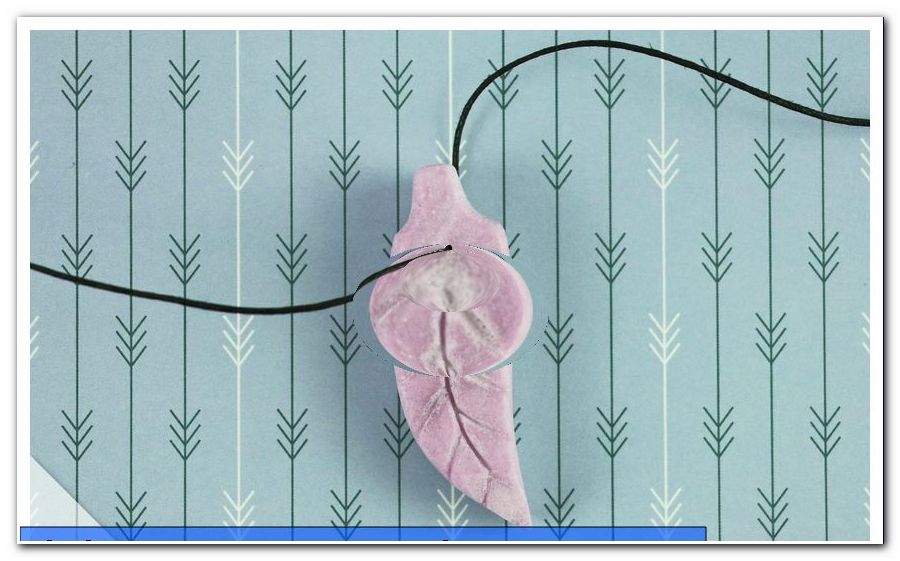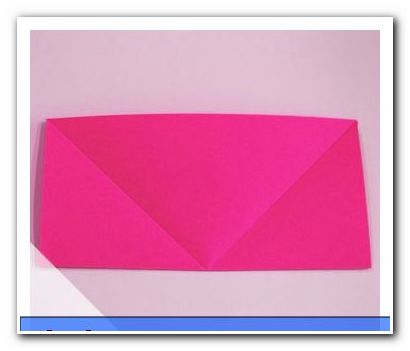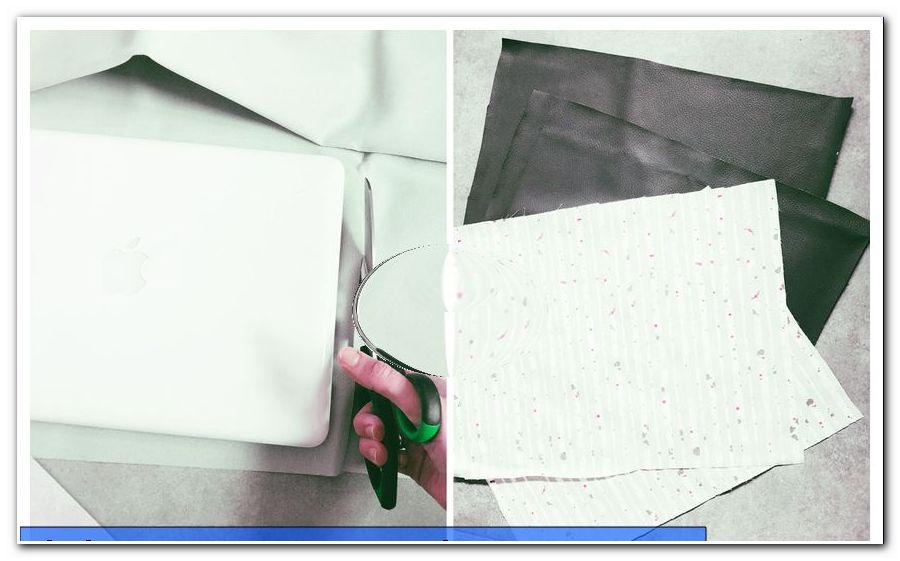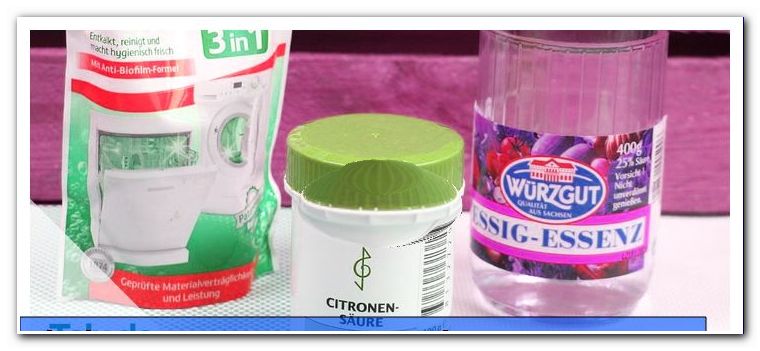Edit soapstone - Instructions for figures / sculptures
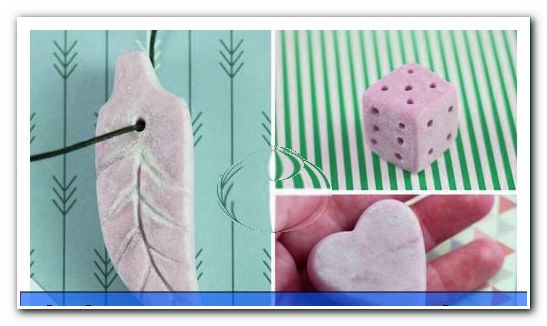
- Instructions - Edit soapstone
- Material and tools
- steps
- Form soapstone roughly
- Carve details
- Grind soapstone
- Polish soapstone
- Ideas for soapstone figures
- heart
- Soapstone cube
- Leaf Pendant
Soapstone is a very easy to work rock and perfect for carving. The shiny surface gives the mineral its name. After polishing, the stone shines noble and looks almost like marble. In this guide, we'll tell you how to treat soapstone. We also provide you with a handful of creative ideas for soapstone figures and sculptures.
Soapstone, which is also called soapstone or talcus stone, consists of 100% talc. For this reason, the stone also has such a shiny, greasy surface that you can scratch with your bare fingernail. Even in the ancient Orient and China, soapstone was a coveted natural stone, which was mainly used for the production of seals, dishes, containers and sculptures.
Even today, soapstone is a popular material for crafts and carving. Especially in the therapeutic field, the plastic work with soapstone is often and gladly exercised. Touching the smooth stone, the feel and the carving have a calming effect on the carver. This must act sensitively when dealing with soapstone, because otherwise the stone can break quickly. Editing soapstone is therefore a small challenge for nervous and impatient people. But this brings a lot of fun and joy - especially if you end up holding a shiny soapstone in your hands.
Soapstone comes in the colors white, pink, purple, gray, green, black and blue - each stone can have different shades of different colors. In terms of color, you are not really sure if you want to work on soapstone. You can skip it creatively - that's for sure.
Tip: If you want to know exactly which color the soapstone has, wash it thoroughly with water. This removes the top layer of dust and shows the color in full splendor.
Instructions - Edit soapstone
Material and tools
You need:
- soapstone
- wood saw
- rasp
- Carving
- Hand drill or drill
- abrasive paper
- sanding sponge
- oil
- cloth
- water
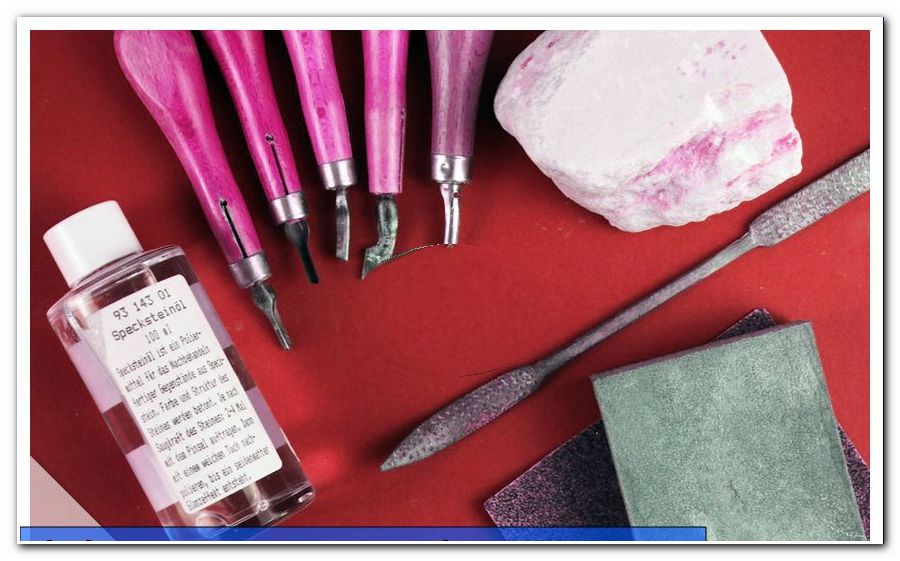
Soapstone is available in well-chosen craft shops - often as a set with sandpaper, oil and rasp. These sets are on average € 10 to € 15 and are certainly a good investment for the beginner. Individually you can also buy soapstone - there are already several stones (10 pieces with 1 kg) for 5 €.
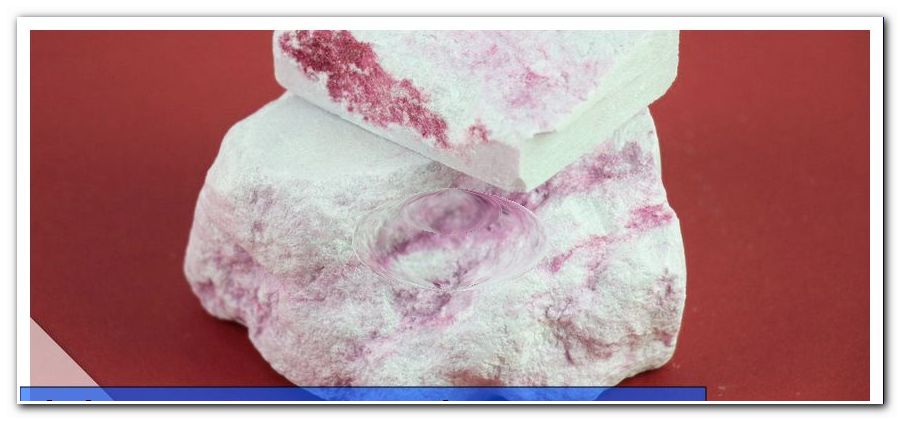
Carving
These metal carving tools are designed for filigree work. The heads are available in a variety of designs - round, square, triangular, oval and small scraper. With the wooden handle, these tools are well in the hand. The devices are also used for wood carving.
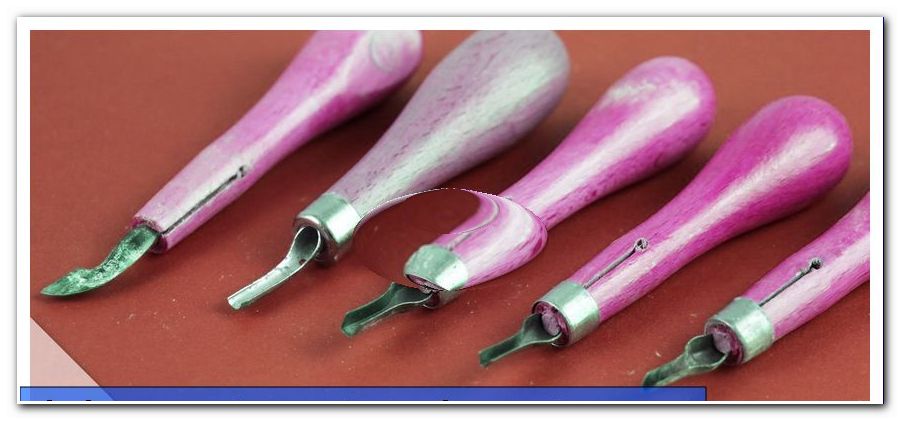
Various types of rasps are available in the trade:
Stone rasp with wooden handle - available with round, semicircular and with straight rasp surface. Due to the sturdy handle, it is particularly suitable for large areas that need to be removed.
Metal Ripple Rasp - is a two-sided rasp that is completely made of metal. It is available with different rasp surfaces (round, semicircular, straight, triangular, square and rectangular). The peculiarity of this soapstone rasp is that the rasp surface is bent. This can be used to shape the soapstone into curves. This is especially beneficial for bowls.
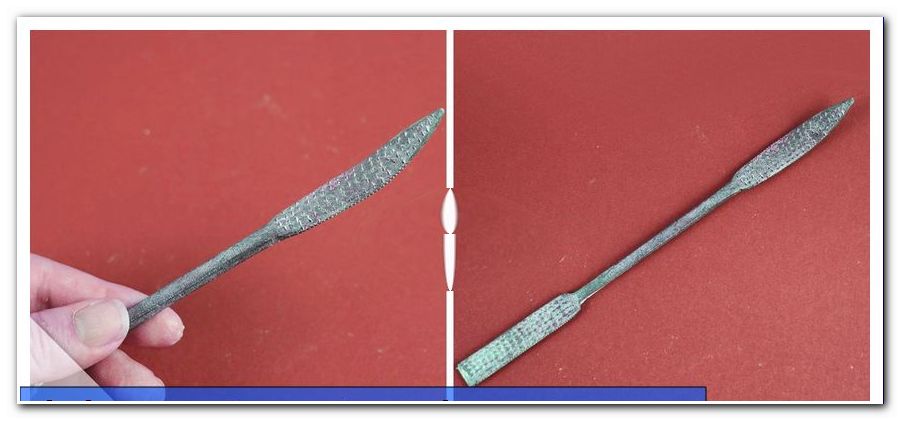
Sanding sponge and sandpaper
Coarse to fine sandpaper brings the soapstone in shape and improves the surface. The abrasive sponge is also available in coarse and fine variants. This is almost the better choice for sanding than the paper because it fits well in the hand.
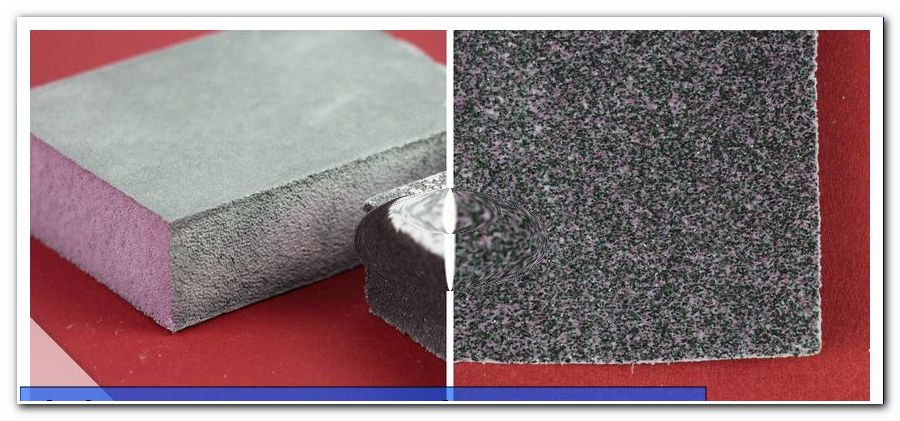
Soapstone Oil
Soapstone oil brings the color and surface of the stone to shine. The oily liquid can be applied with a brush or cloth. Then the stone is polished. The oil is available in well-assorted craft shops and is irreplaceable for a truly beautiful shine.
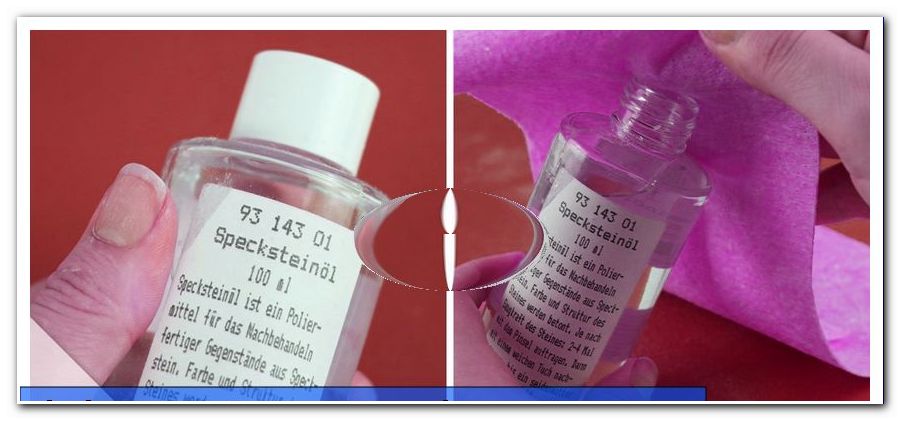
steps
Generally, one can divide the processing of soapstone into four basic steps: rasping, grinding, carving and polishing. In the following, we explain these steps in detail.
Form soapstone roughly
At the beginning, the soapstone has to be roughly shaped, which he should finally have. Whether heart, cat or bowl - with a coarse soapstone rasp or coarser sandpaper (K60), the best and fastest way to make the shapes.
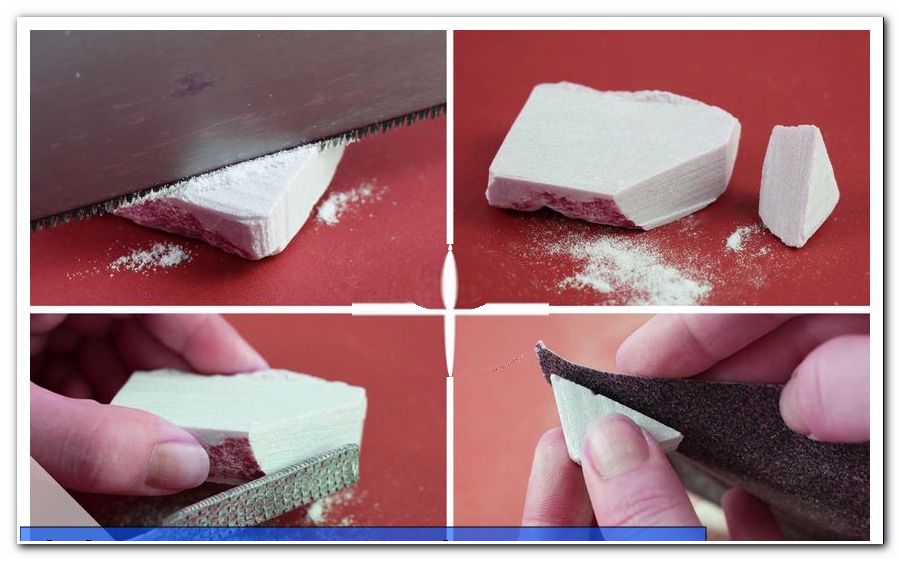
Notes: For really large pieces that are to be removed, sawing offers itself. With a simple wood saw you can saw through the stone without hesitation. When coarse erosion of soapstone logically also falls most of the waste. The soapstone crumbles into dust and is difficult to remove without a vacuum cleaner. Therefore, during this step, be sure to lay out the work surface with newspaper or another pad that you can either throw away or easily clean. If it is clear that a lot of dust will fly, we recommend wearing a surgical mask.
Carve details
You will need carving tools with different carving heads to carve small details such as lines, holes, patterns, eyes or indentations. When working with such a tool is scraped rather than grated. Slowly and in a controlled manner, the carving knife is pushed over the soapstone. This is exactly what you are wearing off on soapstone, which should really be down.
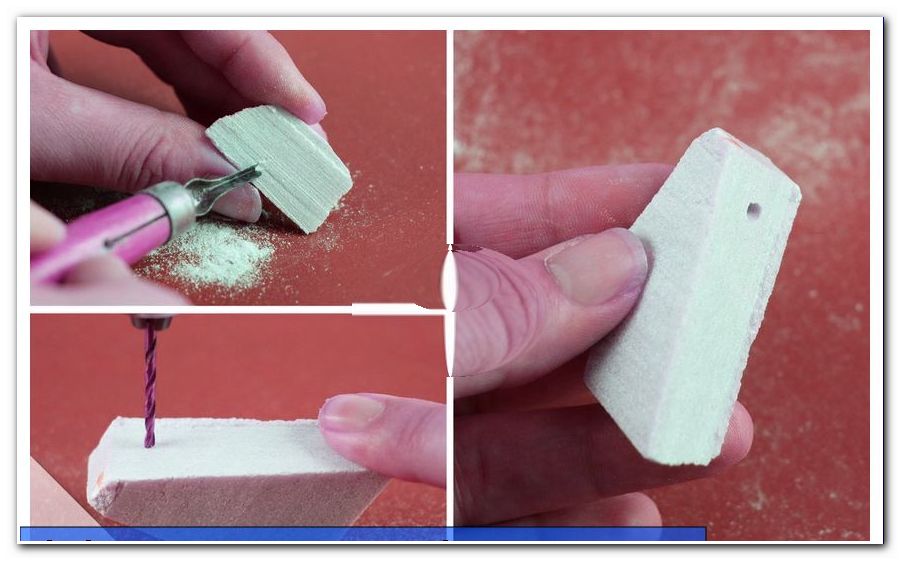
Holes are best made with a drill or a hand drill. At the beginning, be very careful not to slip on the smooth surface.
Grind soapstone
Once you have finished the rasping and the stone has the desired shape, the surface is smoothed. While doing so, rub evenly with fine sandpaper (K120) or a sanding sponge over the stone. To remove scratches, cracks, bumps and small holes created during rough machining.
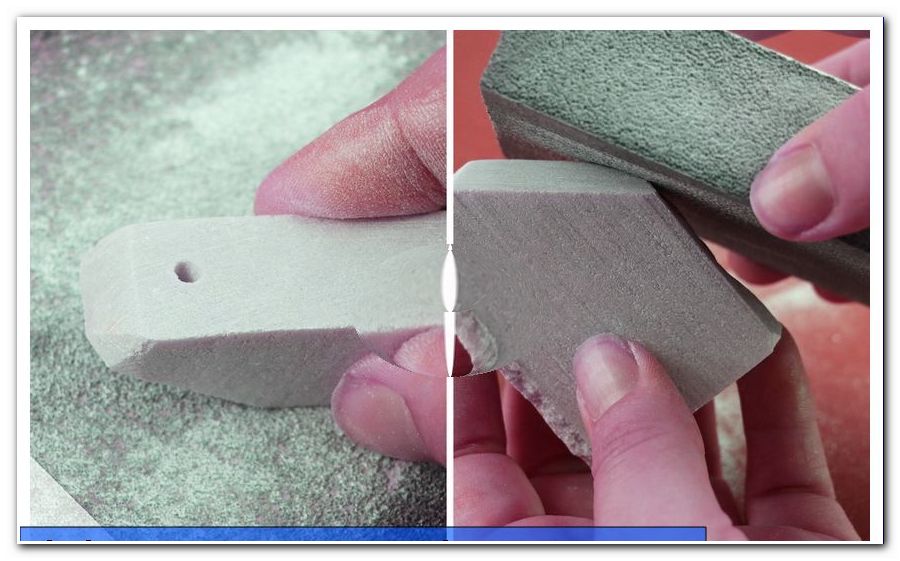
Polish soapstone
Now the soapstone is polished to a high gloss. Before handling the soapstone oil, remove the dust layer with water. Even when wet, the soapstone shines like marble. In the water you can smooth the stone with water sand paper (K360 to K500 or K1200). After the stone has dried, it is polished. For this you can use natural resin oil - put a few drops on a rag or a cloth and rub the soapstone figure with it.
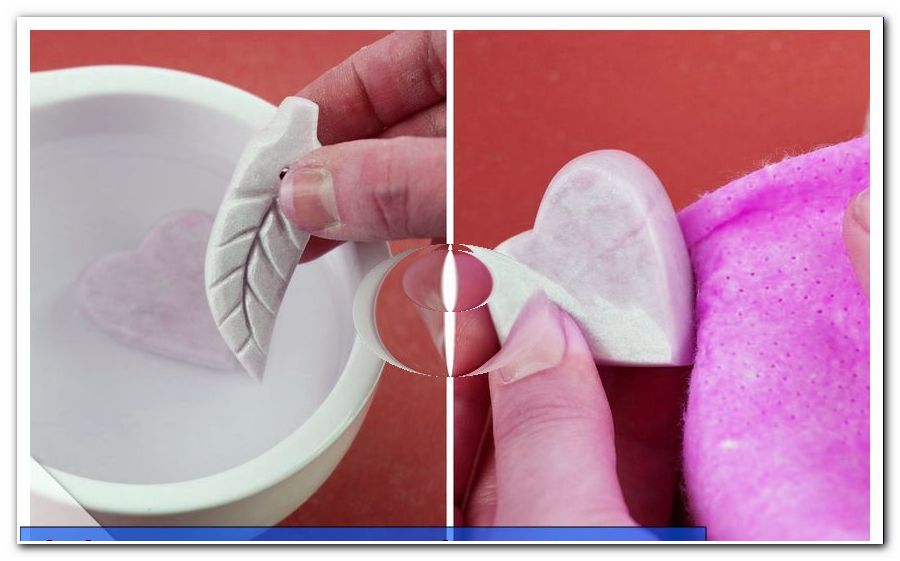
Ideas for soapstone figures
heart
The heart has a triangular shape. Saw off a piece of soapstone therefore first an isosceles triangle. This is now grated around. The typical heart center can be formed very well with a round rasp. Then sand the surface smooth. The soapstone heart is now dipped in water and then polished with oil.
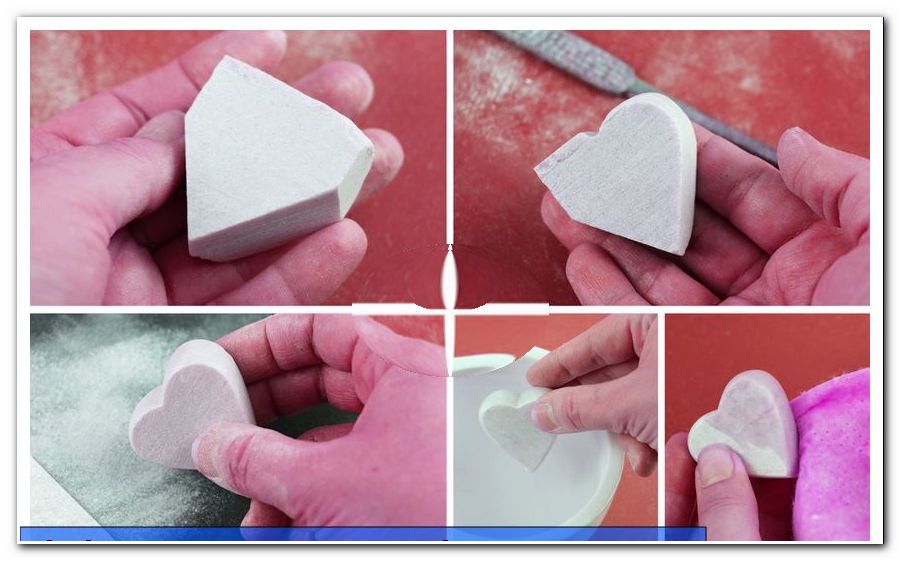
This sweet heart is soft, smooth and fits in every hand - a perfect hand flatterer, which you can give as a gift to your loved one or sweetheart.
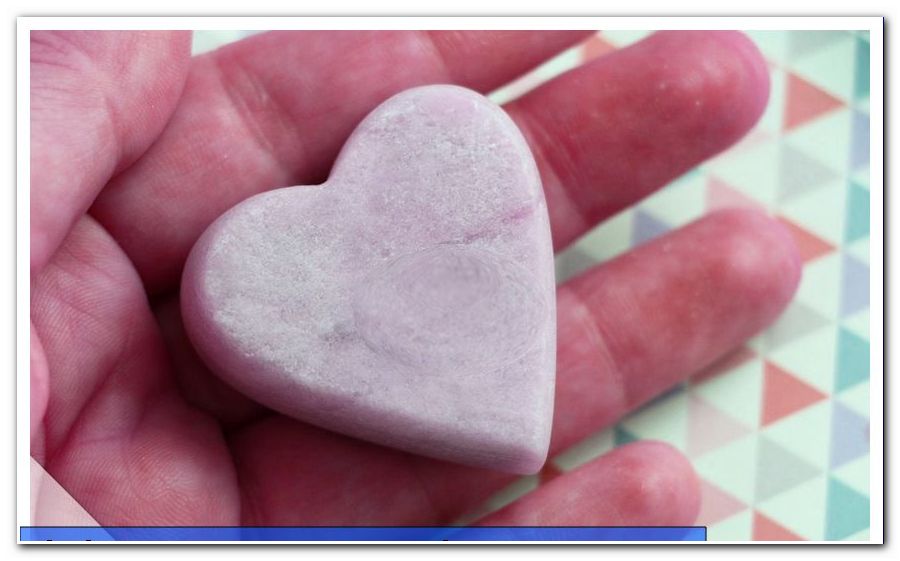
Soapstone cube
The die for the players among you is just as easy. First cut a regular cube out of the soapstone. Then smooth out the sides with emery paper. Then take a pencil and paint the dice eyes on all six sides. Using a hand drill or a drill drill the individual eyes into the soapstone - Attention! do not drill too deep! This is followed by refining. Clean the stone with water and polish it with soapstone oil.
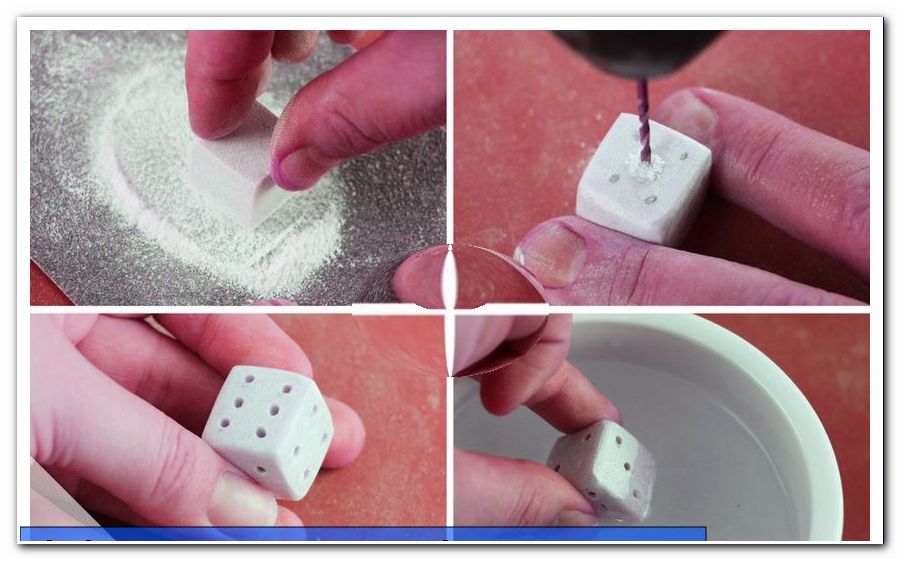
This cube is really for DIY fans - homemade, a natural material and you can even use it.
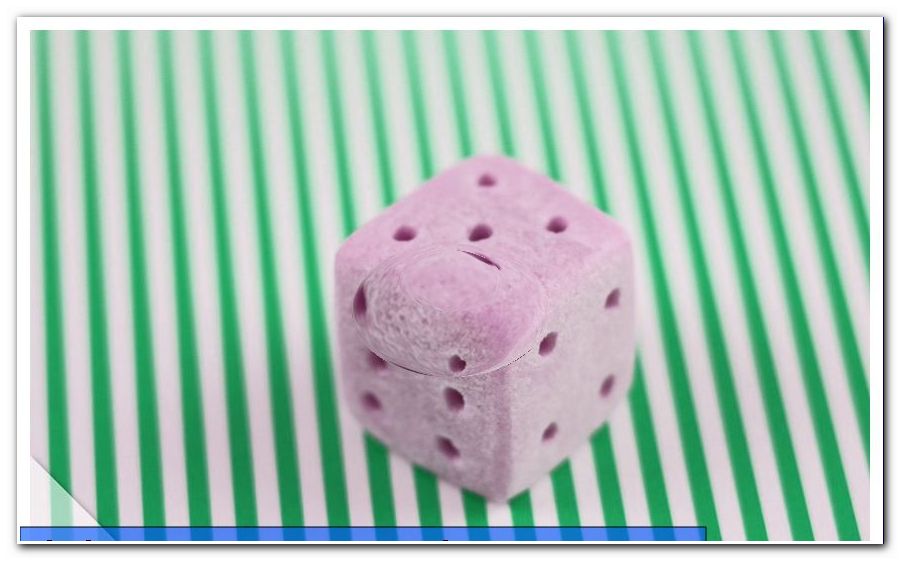
Leaf Pendant
You can also create soapstone jewelry like this leaf pendant. At the beginning you saw a piece of soapstone again. This should roughly have the shape of a leaf, so be elongated with a point on one side. The other side should have a stem approach. Then grate the curves. For the details, like the hole and the leaf veins you need some skill. With an oval carving tool you can carefully carve the leaf veins into the surface. Drill the hole again with a hand drill into the middle of the leaf below the stalk. Then the stone is watered and polished again.
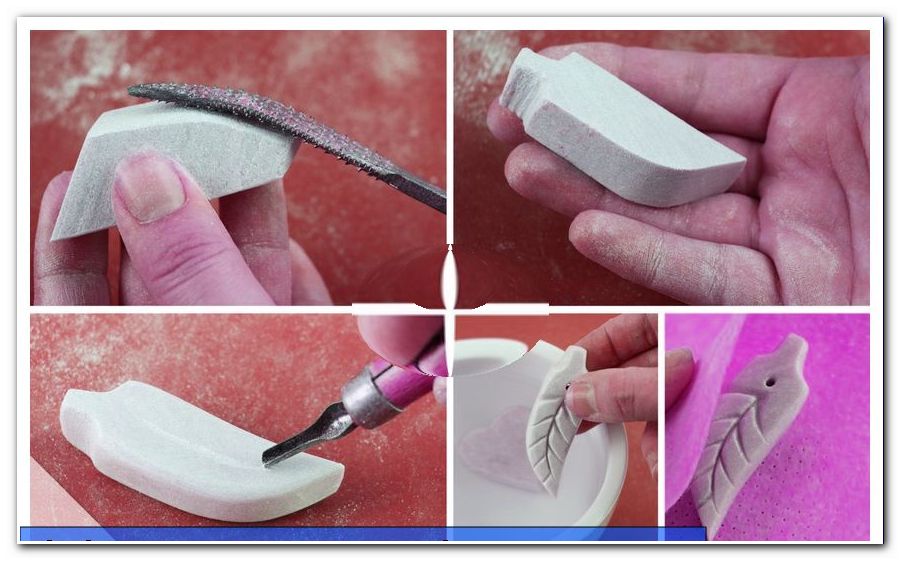
With a chic leather strap, the pendant can now be worn as a chain or hanging decoration object!
